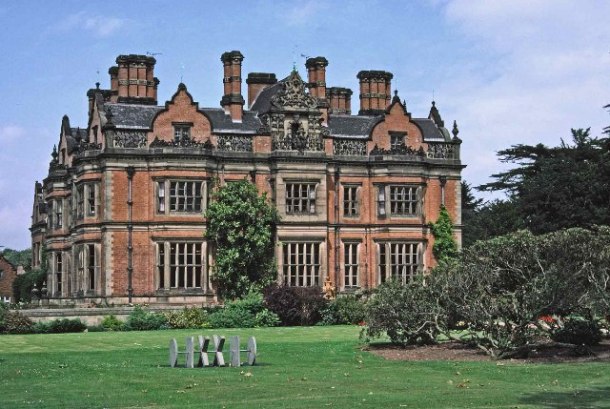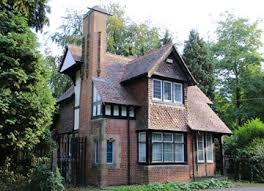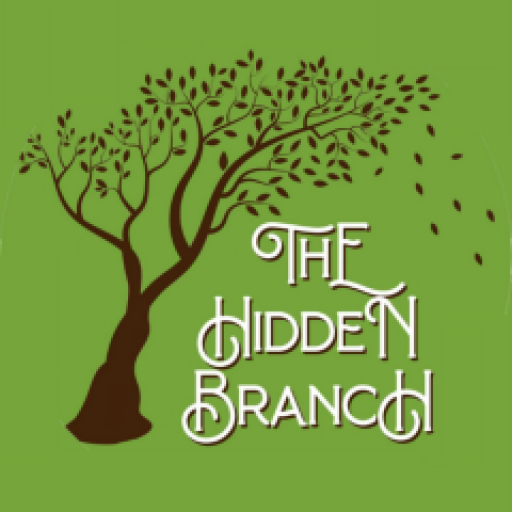My 3rd great grandmother, Agnes Morrison, is my most recent Scottish ancestor. Discovering this for the first time brought me some excitement as I’d never found an ancestor born outside of England before her. However, when I began to delve into her life, exploring her family through the British Newspaper Archive, I discovered the life of this Leicestershire laundress was riddled with tragedies that must have had a lasting emotional impact.
Agnes was the second of nine children born to Elspet Ross and William Morison. According to her baptism record, she was born on 22nd June 1834 in Millfield Hill, and baptised a day later in Monquhitter, Aberdeenshire. The spelling of her surname varied between “Morison” and “Morrison”, but eventually standardised to “Morrison”.
Agnes first appeared in the 1841 Scottish census living with her parents, siblings, an uncle and a servant in Sunnybraes, Rothiemay, located in the neighbouring county of Banffshire. At the time, her father was an agricultural labourer.
There were six classes of agricultural labourers in Scotland at the time; crofters, cottars, farm-servants, day-labourers, hind, and shepherds. It is unclear which class William would have fallen into, but as he was a family man it’s possible he was a farm-servant, as farm owners often preferred married men to bachelors for this role due to the extra supporting hands of their wife and children on the farm (Purdy, 1862).
Some time between 1849 and 1851, when Agnes was between 15 and 17 years old, the Morrison family moved from Scotland to Kirby Muxloe in Leicestershire, England. Here, she was worked as a dairy maid for the Hooke family, who owned the 300-acre Castle Farm in the village.
On 16th October 1854, Agnes married John Wesley Peutrill in Glenfield, Leicestershire. They lived together in Glenfield in 1861, and on Bradgate Street, Leicester in 1871. Throughout their marriage, they had five children together.


Tragedy struck Agnes’s life in 1872, on account of her father’s sudden and unexpected death whilst working. William was a farm bailiff working at Beaumanor Hall in Woodhouse Eaves, Leicestershire. At around 4pm on Wednesday, 21st May 1872 another worker from the hall heard a clatter, and saw William’s pony running along the lane with no one on its back. He heard William calling, and found him lying on the roadside by the hedge. He was on his side, holding his face and bleeding from the mouth. A young boy herding his cows home passed by William lying near the hedge, but could not get near him as William’s dog would not let him approach. The boy ran to William’s house to send a cart for him. The pony was one that William had ridden for the past five or six weeks, and it was described as a spirited animal with little work to do.

No one knew the exact circumstances of William’s fall. There were no problems with the bridle or saddle, but indentations on the ground suggested the pony may have slipped. A local surgeon attended William’s home and determined he had a concussion and severe internal chest injuries. Sadly, William died the following evening.
Throughout the decade between 1871 and 1881, Agnes assisted in the care of her daughter Catherine’s three children. By 1881, Agnes was working as a laundress to support her family, and had two of Catherine’s children living with her, Ethel and William Ford.
In the years following, more heartache struck Agnes’s family, as Catherine’s husband, Henry Ford, died in 1884, leaving her widowed with three children. Later that year, Catherine married a belligerent, abusive man named George Henry Neal. His aggression was documented repeatedly in local newspapers, and landed him in prison on at least one occasion, when he repeatedly struck his stepdaughter, Constance, over the head when she came to see her mother, in April 1896.
In 1885, Agnes’s grandson William James Ford, died in terrible circumstances, at only 6 years old. According to his oldest sister, Constance, their stepfather left for work on Saturday, 14th March 1885 at 5.30am as usual, lighting the fire before leaving. She and her brother went downstairs shortly after 6am, and as she was raising the blinds, William moved some pothooks above the fireplace. He screamed, and Constance turned to see his nightdress had caught fire. William ran upstairs to his mother, who attempted to put out the flames. An aunt of his accompanied him to the infirmary in a cab, but sadly he died at 6.45am the next morning. Both his mother Catherine and his sister Constance likely carried a lot of guilt with them over this experience. Normally, there was a guard in front of the fireplace, but the room had been cleaned whilst their mother was confined to her bed, and the guard had not been put back in its place. I’m sure his tragic death must have also affected Agnes, as he’d lived with her in his infant years.
To add to this horrific decade, Agnes also lost her husband, John, in 1888. By 1891, all of her children had fled the nest, but she maintained companionship in her granddaughter, Ethel, who she’d cared for since birth. Ethel was deaf, which may have contributed to her mother needing extra help to take care of her. They lived together on Bowmar’s Lane, Frog Island, Leicestershire, and Agnes continued to work as a laundress to support herself and her granddaughter. She is one of the few women in my tree to have had an occupation listed on census records, and I hold her in such high esteem for her tenacity in taking care of her family.
In November 1896, Agnes was involved in the inquest into the death of a baby found on a canal tow path by the Grand Union Canal. During the inquest, Agnes claimed that her 18-year-old granddaughter, Constance, had moved into her home on Bowmar’s Lane that October due to problems with her step-father, the aforementioned abusive man, George Henry Neal. Agnes had accused Constance twice of being pregnant, and Constance’s work colleagues supported this, but she vehemently denied the allegation. However, on the night of 30th October, Constance came home feeling unwell and went straight to bed, and was late getting up for work the next morning.

On the morning of 1st November, a new-born baby girl was found deceased on the canal tow path outside Agnes’ house. After an investigation which found blood stains on Constance’s bed, and on a small wooden door which led outside the bedroom onto the tow path, police questioned Constance, and she eventually admitted that she had been pregnant, and that the father of the baby was her step-father.
Constance appeared in court for the trial on 24th November, crying bitterly. She stated that she didn’t know she was pregnant until the baby was born. She said that the baby had been born deceased, and admitted to putting her out the window. After deliberating, the jury declared that the baby was Constance’s, but there was no evidence that the baby was born alive, so she was not at fault. The judge stated that Constance had his sympathy, as she was not the real offender in this situation, with which the foreman and other jury members fervently agreed.
Knowledge of Constance’s abuse and lost baby was passed down through her children, and although I learned of it through it British Newspaper Archive, I was also told of it through her great granddaughter, my fifth cousin, when we made contact through WikiTree. My fourth cousin described Constance as always being dark and sad, which you can imagine after living through such an ordeal. The trial must have also been a source of pain for Agnes and Constance as it featured repeatedly in the local newspapers. Eventually, in about 1914, Constance and her mother Catherine moved to Ontario, Canada.
After the trial, Agnes continued to work as a laundress in Leicestershire, and by 1901 she was self-employed in the profession. She continued to support her granddaughter, Ethel, who remained living with her. By 1910, she lived in Abbey Park House, pictured below.

Agnes died on 15th July 1910 as a result of a cerebral haemorrhage which occurred for 10 days. She was 76 years of age. In her will, Agnes left her estate to her daughter, Ann, and her granddaughter, Ethel.
I will always think of Agnes fondly; her Scottish roots give me an ancestral connection to such a beautiful country where I’ve always felt at home. She was one of the few women in my tree to have had an occupation, one that she kept for many years to support her family. In addition, her name has been passed through my family tree for three generations, and I hope one day I might be able to continue the tradition.
